What is a Dyno Test? What Does Dyno Testing for Motorcycles Involve?
- 15 Oct, 2020
- 0 Comments
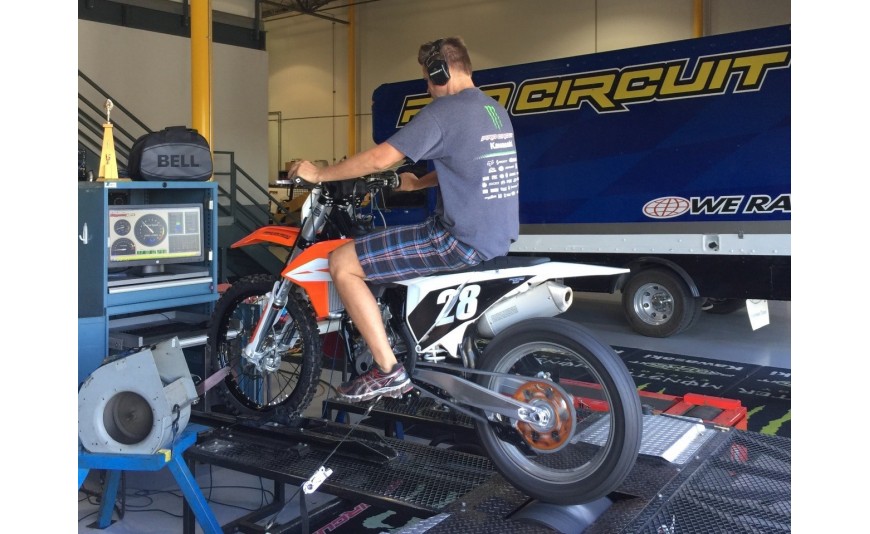
Sometimes, when visiting motorcycle or car dealerships, customers may come across vehicles being run without a load at various speeds on a raised platform. This is what’s known as a Dyno test. So, what is the purpose and benefit of Dyno testing? This article will help bikers understand the topic.
What is a Dyno Test?
A Dyno (short for dynamometer) test is a comprehensive vehicle testing system built to strict standards. It involves a specialized laboratory equipped with fuel supply systems, exhaust gas collection units, computers for data processing and engine parameter recording, video equipment,

Purpose of Dyno Testing
When performing a Dyno test, all engine parameters are collected. You can clearly know how much horsepower and torque your engine produces, at exactly what RPM it peaks, as well as the maximum speed of the vehicle both overall and in each gear (note: real-world horsepower and torque figures measured at the drive wheel are often lower than the manufacturer's published numbers, which are measured at the crankshaft).


Specialized Air Filters
Dyno testing becomes especially valuable when you've modified any engine-related components such as the ECU, air filter, fuel injectors, camshaft, pistons, or connecting rods. It provides accurate data on engine performance, allowing you to fine-tune and optimize it. However, it's important to understand that Dyno testing only provides results like engine power output and air-fuel ratio accuracy—it doesn’t mean your work ends once the Dyno test is done.
Electronic Adjustments on Modern Bikes
Modern motorcycles are often equipped with advanced electronic control systems. When any modification is made, specialized tools are typically required to adjust settings. For instance, to change the air-fuel mixture, you may need to install controllers like Bazzaz FI or Power Commander V (PC5), or reprogram the stock ECU—if possible. Usually, users only replace the air filter or exhaust system to make the bike more responsive, smoother, or to enhance the exhaust sound.

For example, if you replace the stock air filter with a high-flow one that allows air to enter faster, your bike may run poorly due to a lean air-fuel mixture. This is because the stock ECU is programmed to work with the factory air filter—not a performance one. Or, if you want a more aggressive exhaust sound, you might install a performance exhaust with fewer internal baffles. This allows the bike to sound louder and expel gases more efficiently.

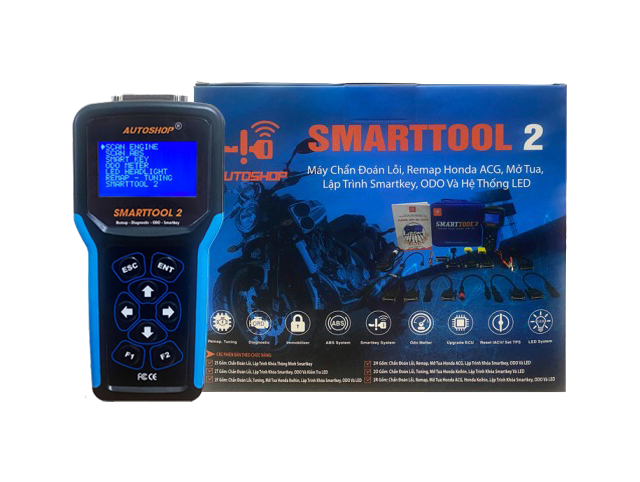
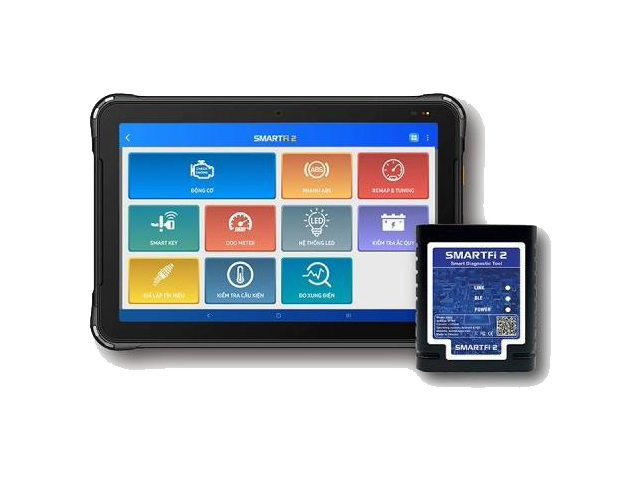

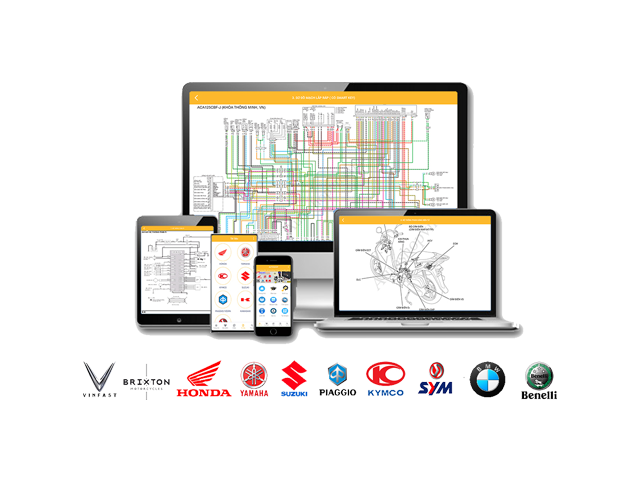
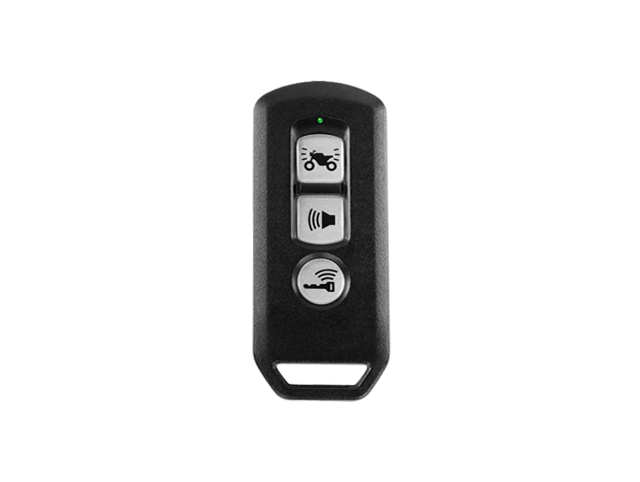














0 Comments